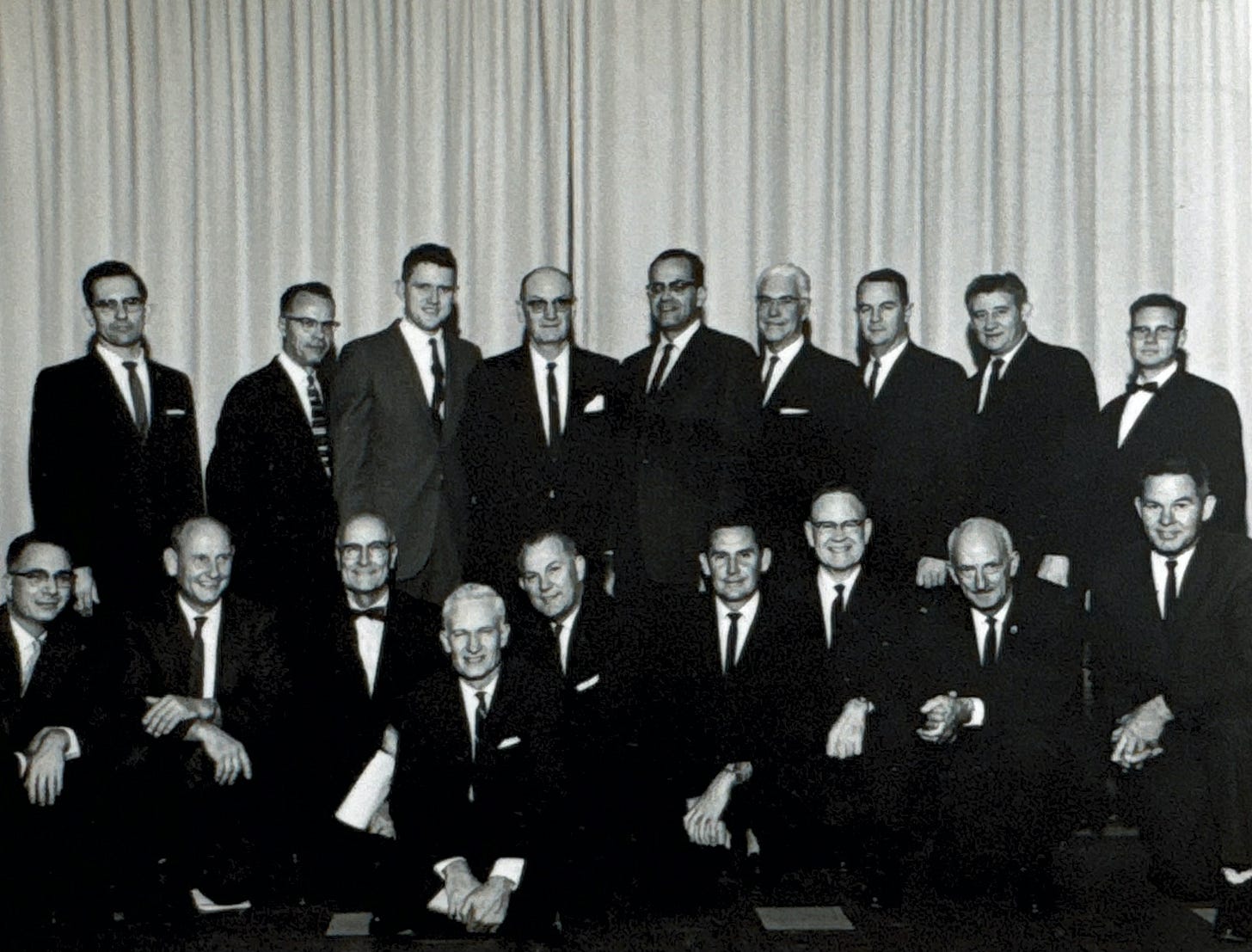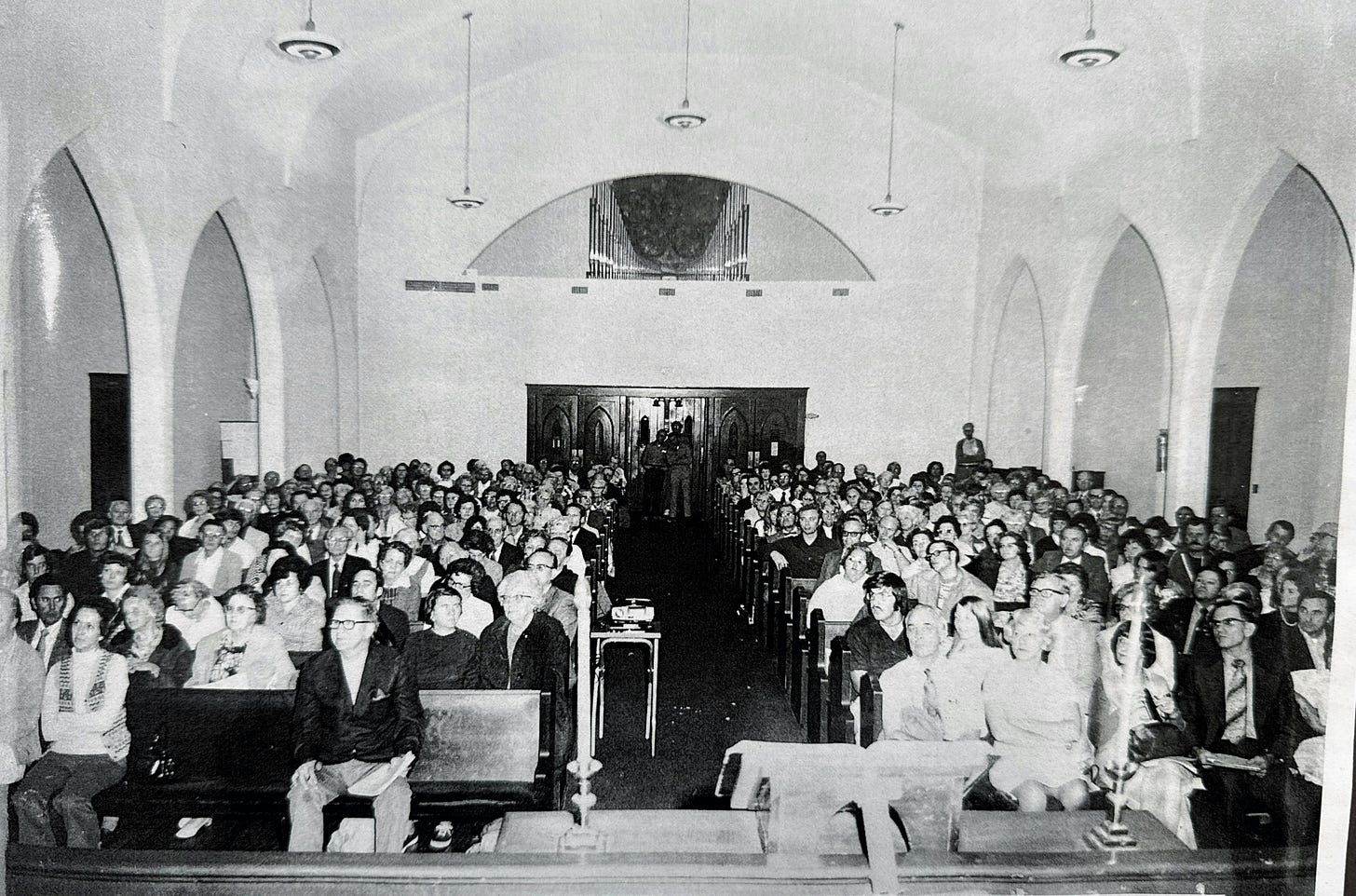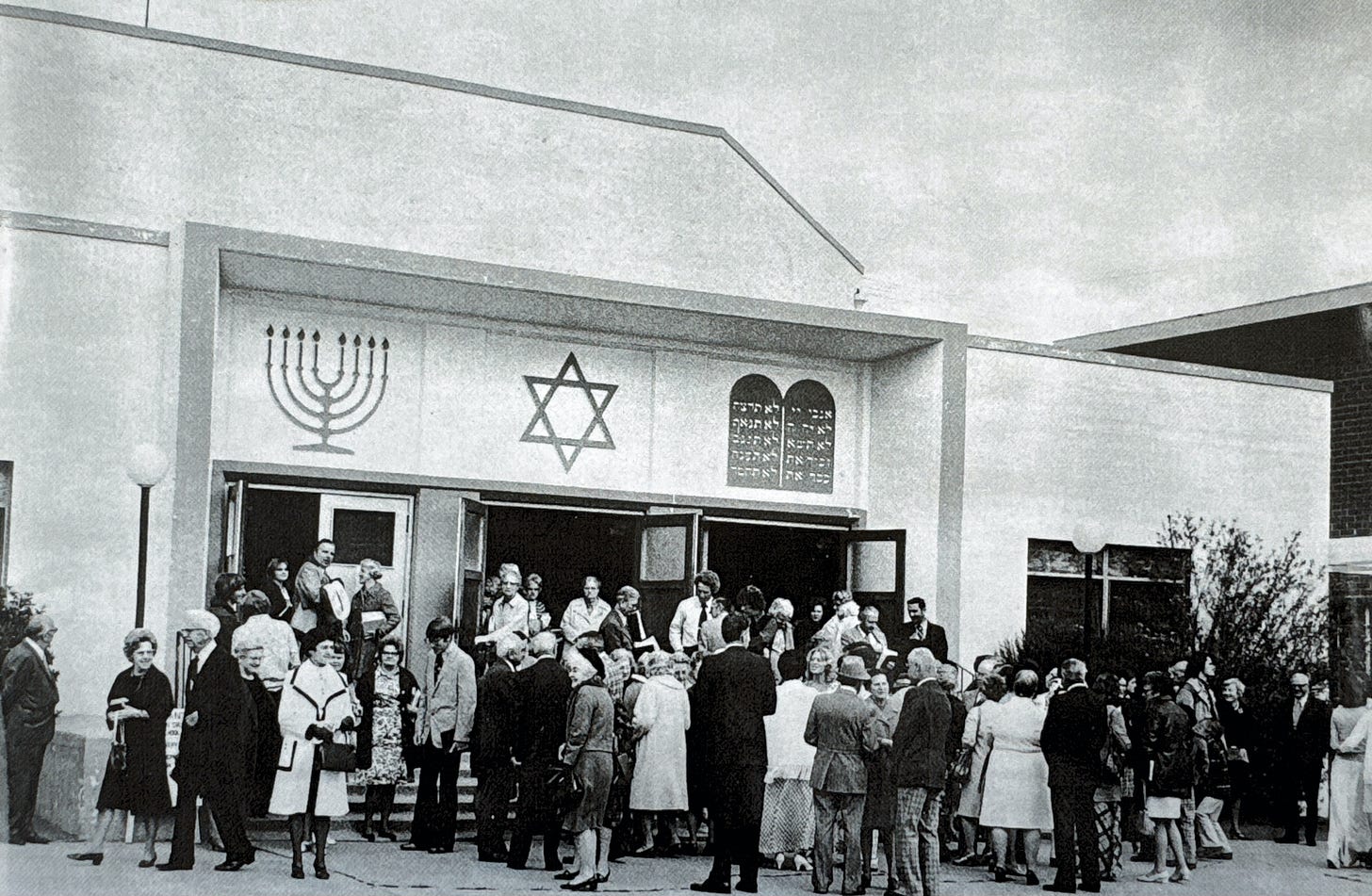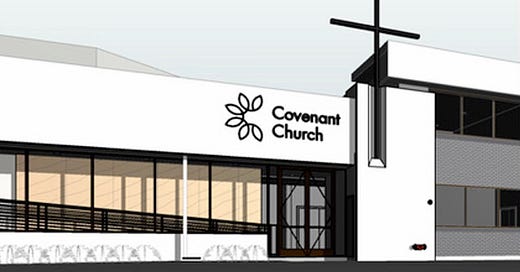Covenant Church, South Park to North Park San Diego via the Supreme Court: Part 2
COVENANT STORIES:HEAR
Have you ever wondered where our tithes and donations go when we contribute online, by check or even by giving “old school” cash to Covenant Church? If you think that our donations fund the needs of our church congregation - you are correct! Just like our homes, church building utilities, security, landscaping, internet services and mortgages all must be paid. Because church renovations are funded by the church congregation, we are currently raising money to offset the mortgage costs (Covenant Church Renovation Fund).
Zooming-out to the big picture, church donations fund the mission of Jesus’ church.
So who owned Brooklyn Heights Presbyterian Church? The congregation? The San Diego Presbytery? Jesus?
Brooklyn Heights Presbyterian Church congregation bought, built, and maintained the church buildings, so the congregation thought they owned the church buildings. Yet, according to the United Presbyterian Church (of the United States) Book of Order, all church properties were “Held in Trust”. In the event of a church split, the church properties were to remain in the hands of the people who views align with the United Presbyterian Church (UPC).
The UPC Trust agreements were created to insure that there was a high degree of doctrinal uniformity within the Presbyterian denomination. Similar to large corporations with franchises, there are advantages to the uniformity of shared beliefs and consistency within congregational practices. Can you imagine the customer confusion when arriving at a McDonald’s that offered an In-N-Out Animal-style Burger instead of a Big Mac? Similarly, a Presbyterian Church worship service that mirrored a Catholic Mass or Pentecostal service would be confusing to many.
By the mid 1960-1970s, many of the more conservative, Southern Presbyterian churches began to separate from the UPC. Although the Trust allowed the UPC to expel non-conforming churches and pastors, the responses of the regional Presbyteries varied significantly. Some Presbyteries allowed churches to leave without payment, or with a very small payment. Other Presbyteries required the congregation to leave without their church property. Some of the Presbyteries and churches became embroiled in civil legal fights. Most notably, in 1966, two churches in Savannah Georgia, sued for ownership of their church buildings, ultimately presented their case to Supreme Court of the United States, and prevailed.
The Brooklyn Heights Presbyterian Church Board of Trustees considered leaving without the church buildings, staying within the UPC without embracing the Confession of 1967, purchasing the church buildings and even taking the Presbytery to court to receive legal title to the church buildings.

By 1972, after fruitless discussions to reach an agreement, the Brooklyn Heights Presbyterian Church Board of Trustees initiated legal action against the San Diego Presbytery in the Superior Court of San Diego. The Superior Court ruled against the congregation. Brooklyn Heights Presbyterian Church appealed the decision in the Appellate Court, but once again the San Diego Presbytery prevailed.
In 1974, the United States Supreme Court denied a request to hear the appeal.
It was clear that the church needed to accept the UPC doctrinal changes or find a new church building. The church Board of Trustees acted strategically and purchased the Tifereth Israel Synagogue, on the corner of 30th Street and Howard Avenue.
In May 1974, the congregation voted 648 to 3 to withdraw from the San Diego Presbytery and form an independent new church, Covenant Presbyterian Church of San Diego. From the UPC’s perspective, the church properties now belonged to the three people who voted to remain within the San Diego Presbytery. It was unclear what would have happened if all 651 people in the congregation voted to withdraw from the San Diego Presbytery.
Three months later the San Diego Presbytery set-aside Ellis Shaw’s ordination. He later told his son, Dave, that “the revocation of my ordination was one of the low points of my life". The congregation was directed by the San Diego Presbytery to vacate the Brooklyn Heights Presbyterian Church property.

Reverend Ellis Shaw’s church keys were given to the San Diego Presbytery on Friday, January 17, 1975.
The first Covenant Presbyterian Church worship service was held nine days later, on Sunday January 26, 1975.

At the time of the move, many in the Brooklyn Heights Presbyterian congregation did not know that they would co-occupy the Synagogue with their Jewish friends for nearly two years. Shabbat services were held Friday nights and Saturdays while Sunday mornings were dedicated to Worship services.
The Brooklyn Heights Presbyterian Church’s story sent shockwaves through the California Presbyterian churches. What would happen to the other California Presbyterian congregations that wanted to leave the UPC? Or to those congregations who stayed within the UPC?




